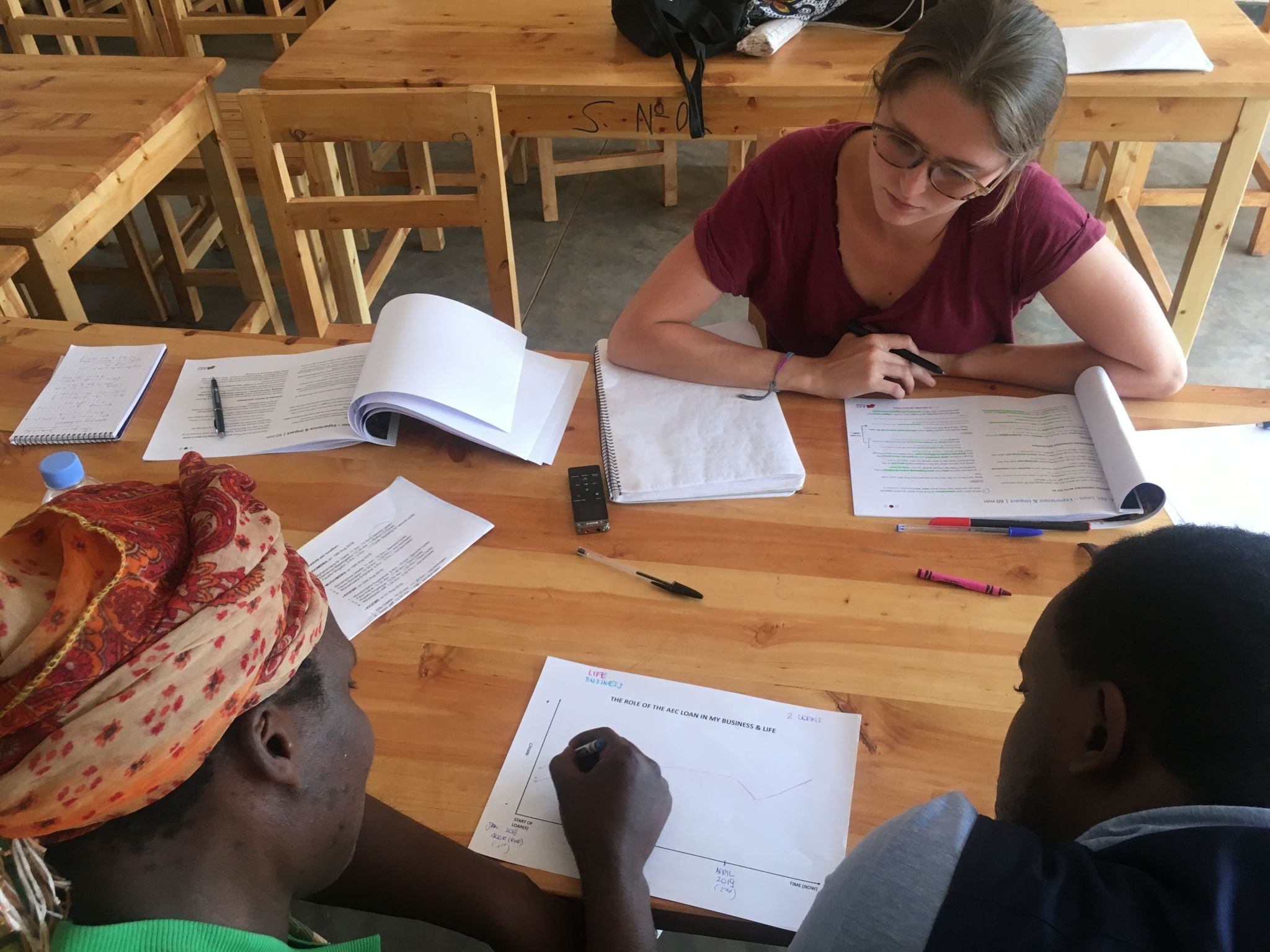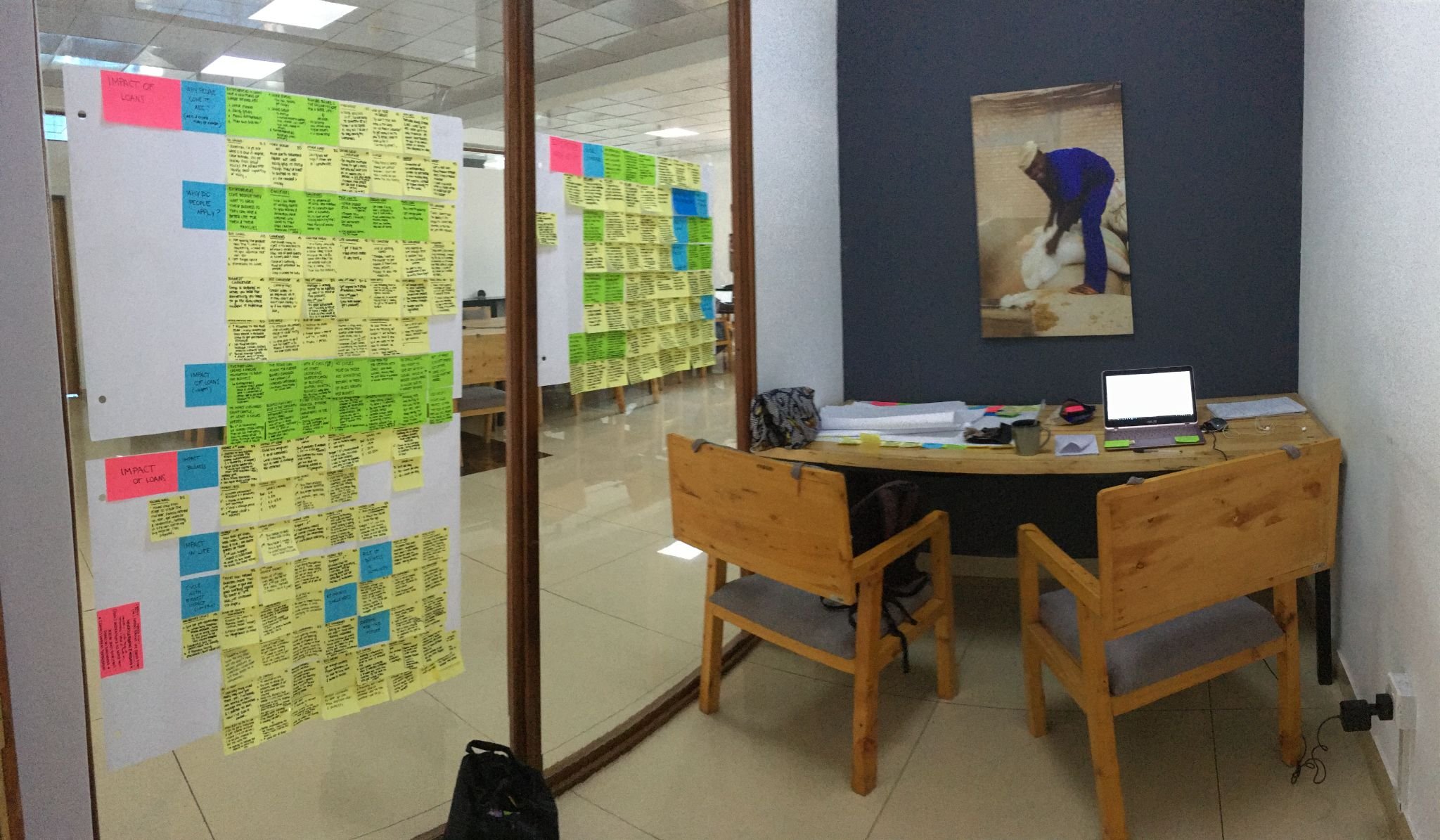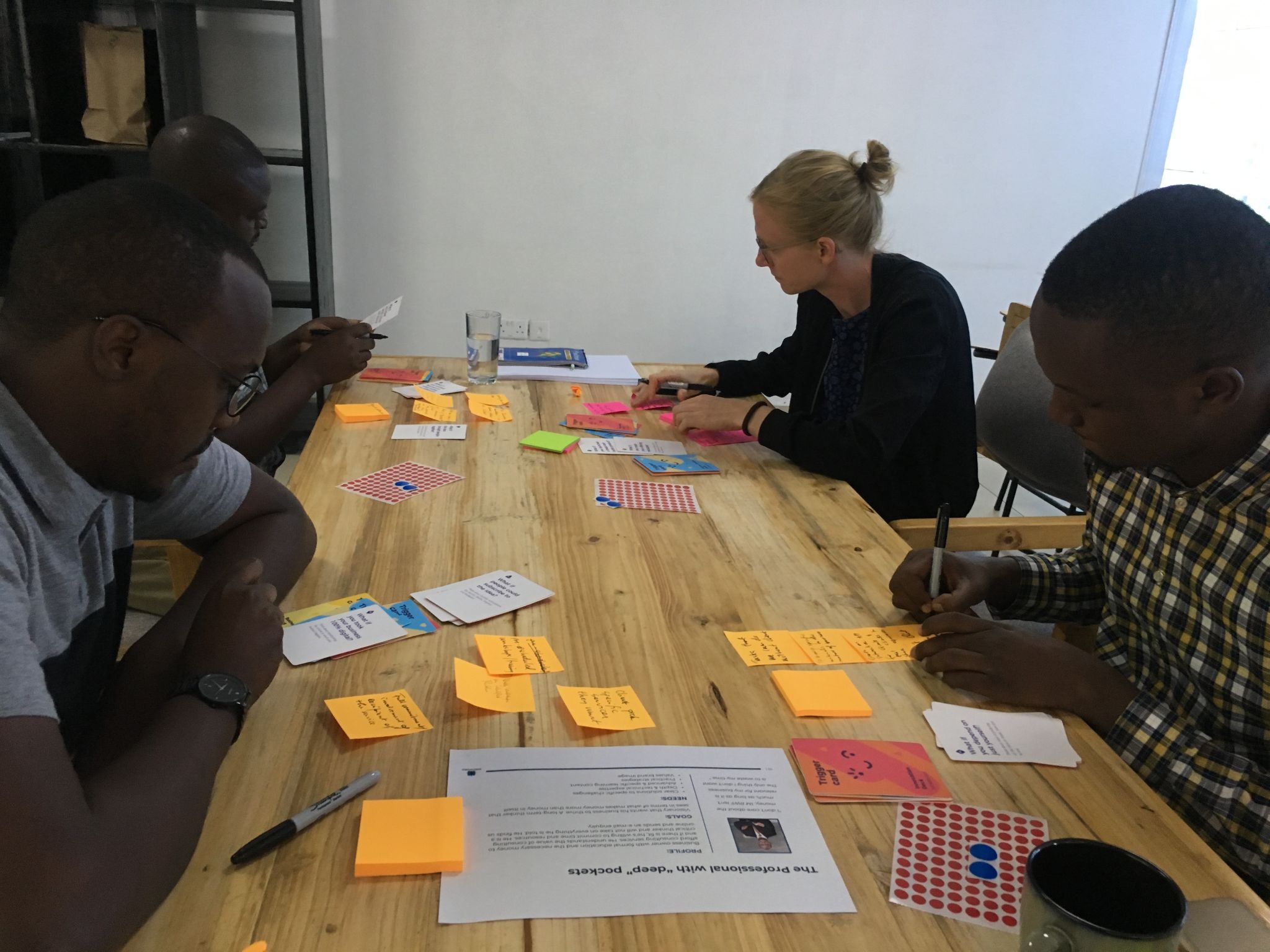Reorienting the strategy of a Rwandan not-for-profit.

Client:
Inkomoko
Sector:
Non-Profit
Advisory services
Category:
Foresight and strategy
The Challenge
My client, a non-profit organization working with micro and small entrepreneurs to create jobs, improve livelihoods, and develop thriving communities across Africa, was struggling with its advisory service line for urban entrepreneurs. Clients were dropping off the service before program completion and payment collection was volatile. The struggle was such that they were wondering if service sunsetting should be pursued.
Yet, when a new grant came in to specifically support businesses in the Tourism & Hospitality sector, they turned the challenge into a great opportunity to take a closer look at the offering and make the best out of this funding.
This is when, as a design strategist, I came on board to lead the project and guide my client along the journey of finding an answer to this important strategic question.
The Approach
My response to address this challenge was to adopt a human-centered approach that enabled us to confidently move from understanding the problem to designing initial solutions to address it.
With an emphasis on research to unpack the current state and on close collaboration with local staff to surface contextual nuances that no foreign consultant could pick on its own, these have been the main activities and outputs:
Research: running of discovery activities to understand the needs, experiences, and motivations of main service stakeholders (entrepreneurs, staff, management) and competitive intelligence and analogous inspiration to unpack strengths, weaknesses and opportunities for improvement.
Synthesis: creation of client personas, development of a comprehensive insights report with learnings from staff, clients, and competitive research, complemented with strategic recommendations and practical next steps to move into redesign.
Ideation: delivery of a workshop with management to land on a prioritized action plan, support in the execution of quick wins solutions, and facilitation of 3 design sprints with different teams to ideate solutions for what we called “big questions”.
Testing: support staff in defining the design experiments and prototypes to test the solutions that emerged in the ideation phase of the project.
"We worked with Olga at an inflection point in the organization to create a fresh offering with some new funding. We wanted to make the most of this opportunity both for our partnerships with the donor, but more importantly by being responsive to our clients’ needs. Olga worked with our leadership to clearly define the challenge, and then she rolled up her sleeves to connect with our clients to develop a deep understanding of potential solutions. Olga has the discipline and insight to manage a process well, and the curiosity and human connection needed to make the process joyful. Plus she built the capacity of our team to ensure that the design methodology has staying power at Inkomoko."
— Sara Leedom, Co-founder & COO, Inkomoko
The Outcomes
This project was revealing at many levels. First, it was a testament that when we work together and share power with the people impacted by the solution, we achieve better outcomes. Solutions that I’d have considered must-do, were clearly just cherries on top that did not fit with the context I was designing for. Second, it proved the value of problem discovery. Pricing and drop-offs were by far not key problems but symptoms of bigger issues that, if addressed, would better serve my client in creating a compelling proposition for businesses in the Tourism & Hospitality sector.
These insights enabled us not only to refine the service content and its experience but also to say no to certain things; in particular to let go of one part of the service and narrow down target customers. The new grant really turned a challenge into a business opportunity. Post review, my client regained confidence in the value of the service, used the learnings to inform an upcoming expansion into a new country, and decided to continue our collaboration to train staff in human-centred design methods.

